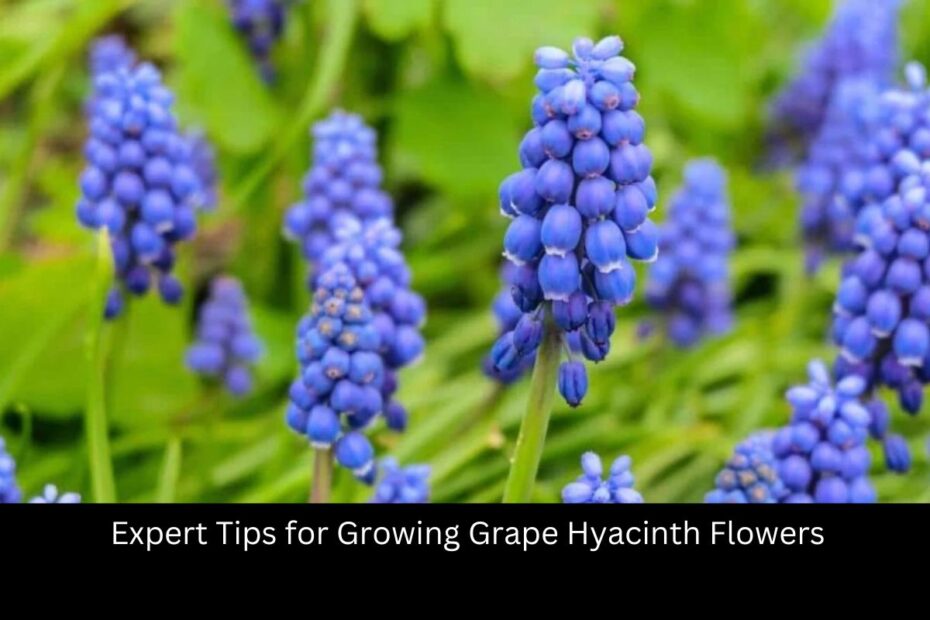Grape hyacinths, also known as Muscari spp., are a beautiful spring flower that are characterized by their clusters of petite, bell-shaped blooms that are reminiscent of bunches of grape buds. For those of you who are interested in cultivating these attractive plants with success, here are some advice from the experts:
Choose the Right Location:
In addition to preferring full sun over partial shade, grape hyacinths grow in soil that drains quite well. A location that receives sunlight in the morning and some shade in the afternoon may be suitable.
Soil Preparation:
Their ideal soil is slightly acidic to neutral, with a pH ranging from 6.0 to 7.0. Before planting, enhance the drainage of the soil by incorporating organic materials such as compost or manure that has been allowed to decompose.
Planting Time:
It is recommended to plant grape hyacinth bulbs in the fall, approximately six to eight weeks before the first frost. Because of this, they are able to grow roots before the winter season arrives.
Planting Depth and Spacing:
The bulbs should be planted around two to three inches deep, and they should be spaced two to three inches apart. If you are planting the bulbs in clusters, be sure that they are packed closely together without overlapping one another.
Watering:
Following planting, the bulbs should be well watered. Although grape hyacinths are able to survive in a rather dry environment, they do require a steady supply of moisture. In the event that there is a prolonged dry time during their growing season, you should water them.
Also see :-The 11 Best Treatments for Restless Legs Syndrome
Mulching:
After planting, apply a layer of mulch to the soil to help prevent weeds and to help preserve the moisture in the soil. The temperature of the soil can also be regulated with the use of organic mulch such as bark or leaves.
Fertilization:
In general, grape hyacinths do not require a significant amount of fertilizing. It is possible, however, to encourage healthy growth by applying a light dose of a balanced fertilizer (10-10-10) in the early spring weeks. Avoid over-fertilizing your plant because doing so can result in an excessive amount of foliage and fewer blossoms.
Post-Bloom Care:
Allow the leaves to fall down naturally after the flowers have finished blooming. For the upcoming year’s flowers, the leaves will continue to photosynthesize, which will provide the necessary energy. They should not be cut back until they have turned yellow and begun to droop.
Dividing and Replanting:
It is natural for grape hyacinths to multiply, and with time, they might create crowded conditions. Dig the bulbs up every two to three years, or whenever the blossoms begin to fade, and replant them once you have separated them from one another. They are able to keep their vitality and potential for flowering thanks to this.
Pest and Disease Management:
In general, grape hyacinths are resistant to pests; however, care should be taken to avoid problems such as rot in soil that does not drain well. To avoid problems caused by fungi, make sure there is adequate air circulation and refrain from overwatering.
